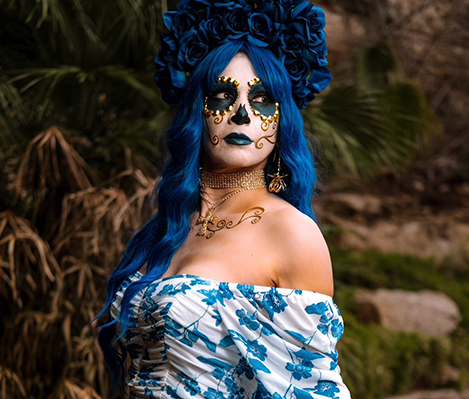

The origin of Talavera dates back to sixteenth-century Puebla where there were a number of potters originally from the Spanish city of Talavera. Some potters emigrated to Mexico at an early age, completing their apprenticeship with established local potters, while others arrived already trained in their craft and consequently influenced the shape and design of ceramics in Puebla.
Talavera ceramic is made in several parts of Mexico, and it’s characterized for its white and blue intricate patterns. Since the mineral pigments needed to produce the color blue were very expensive, this color was reserved for the finest ceramic. During the 18th Century the Talavera artisans started to broaden the designs of their ceramic by using more colors, like green, mauve and yellow, in addition to the blue tones that were very popular in the 16th and 17th Centuries.Official
Talavera is only produced in certain workshops in Puebla that are recognized and protected by the Government of Mexico. These Talavera manufacturers must follow a complex and strict technical fabrication process dating from the 16th Century and use only clay from a few approved clay sites in the Puebla area.In the centuries XIX and early XX it became common for wealthy families in Mexico to have extensive collection of talavera dinner sets and decorations. Since then, it has been treasured and appreciated by collectors and admirers all over Mexico and in many other parts of the world

